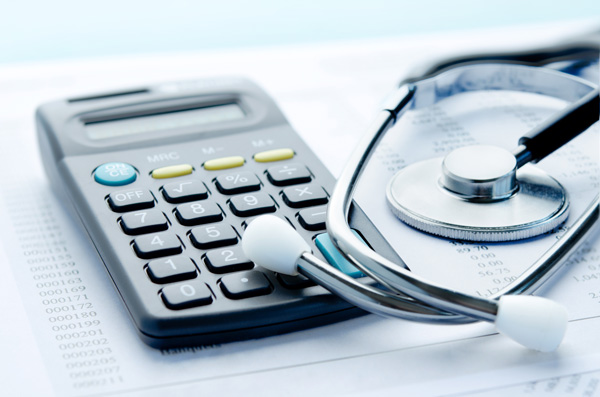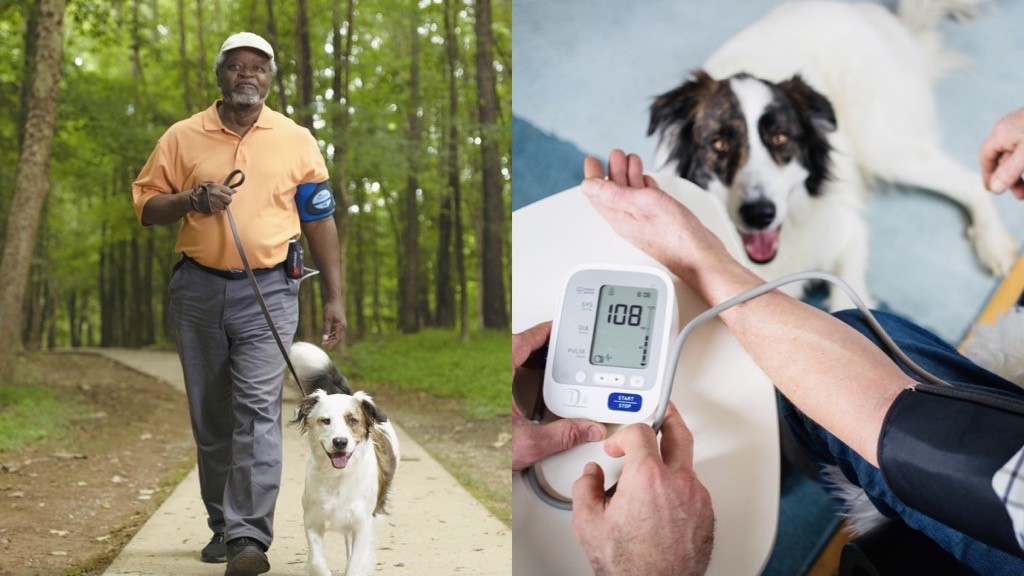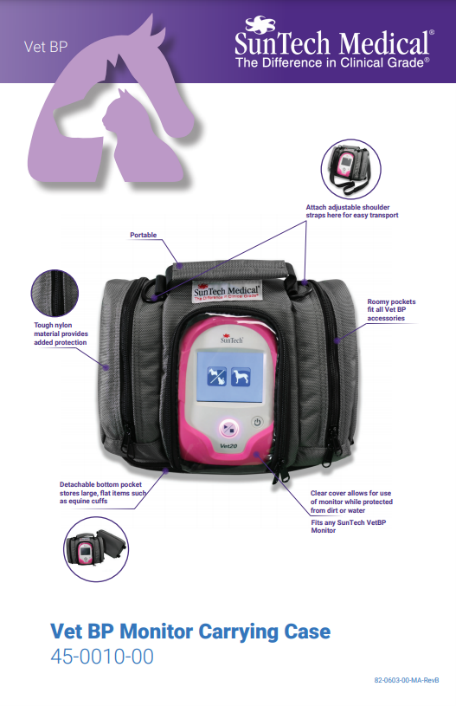The SunTech team would like to remind you about the importance of keeping a healthy heart 365 days of the year. Our 24hr ambulatory BP technology continually helps detect high blood pressure in a remote setting, allowing for patients to stay comfortable at home and for physicians to ensure test accuracy outside of a clinical setting.
![]()
Blog @ SunTech
Advice from the BP Measurement Experts
When it comes to the diagnosis of high blood pressure, or hypertension, in patients, many health organizations, including the American Heart Association, recommend either Ambulatory Blood Pressure Monitoring (ABPM) or home blood pressure monitoring (HBPM). This is recommended for most patients with high in-office BP readings.
These two methods of diagnosing hypertension are often considered superior to solely relying on in-office BP readings, which might offer a misleading picture of your patients’ health and could lead to misdiagnosis and over or under-medication.
But what are the differences between ABPM and HBPM? Does one practice offer any inherent benefits over the other?
The rate of Ambulatory Blood Pressure Monitoring (ABPM) studies is on the rise with more and more clinical organizations recommending ABPM for routine hypertension. While patients are familiar with office and home blood pressure monitors, ABPM remains a relatively unknown procedure. How do you explain ABPM to your patients and ensure you get the compliance you need for accurate diagnosis and treatment?
A patient with high BP readings in the office is a prime candidate for ABPM to confirm diagnosis of hypertension. The American Heart Association recommends either ABPM or home blood pressure monitoring (HBPM) for most patients with high in office BP readings.

Revisions to CMS guidelines on ABPM reimbursement make it the perfect time to offer 24-hour out-of-office blood pressure measurement to your patients. For more information on reimbursement, see our 2020 ABPM Reimbursement FAQ.


Gone are the days where your cardiovascular health could be summed up in two numbers. Systolic and diastolic blood pressure, measured at the brachial artery, were the key tools for staving off heart attack, stroke and other cardiovascular disease (CVD). Have a BP of under 140/90? Great! You are going to live a long and healthy life. Over 140/90? Time to watch your salt and medicate away. While lowering BP in hypertensive patients has been proven to be an effective intervention, it may not be so simple any more. Research, such as the SPRINT study, are finding benefits for managing BP in pre-hypertensive patients. With that, a new series of indices and measurements are offering more tools for doctors to measure and treat hypertension.

Ambulatory blood pressure monitoring (ABPM) - a procedure in which a patient wears an automatic blood pressure device for 24 hours as readings are taken every 30-60 minutes - is a widely used hypertension diagnostic tool in many countries, but not the US.
Traditionally, blood pressure (BP) measurement is largely confined to the doctor's office, using manual measurements to provide a snapshot of a patient's blood pressure and cardiovascular risk.






